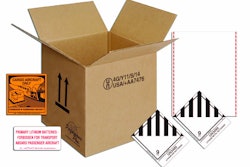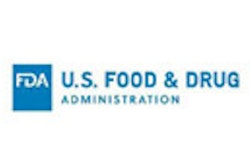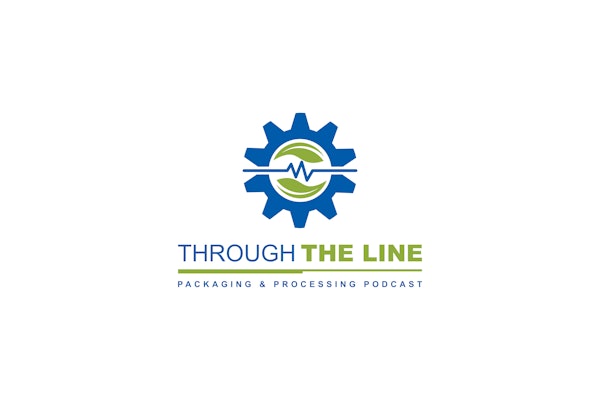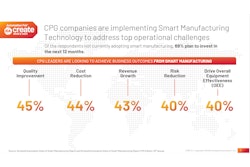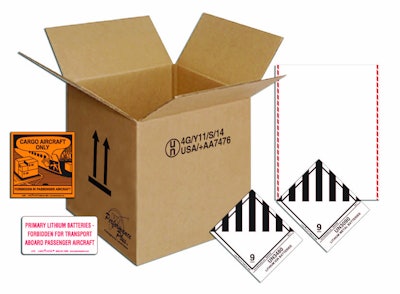
Despite the surge in the shipment of goods deemed dangerous and hazardous, exemplified by the proliferation of lithium battery products, a large number of companies are not confident in their ability to be consistently compliant across their entire supply chain, posing serious safety and financial risks.
Sixty-two percent of dangerous goods transport professionals surveyed by Labelmaster said they are not very confident that their supply chain partners are as good as they are in keeping compliance and meeting regulations. More than 20% are not very confident that compliance is consistent across their own organizations.
“These findings are alarming when you consider the number of divisions and locations within an organization that may ship hazmat, and the number of parties involved throughout the supply chain,” says Alan Schoen, President of Labelmaster, a provider of hazardous material transport compliance products. “As the regulations broaden, we see many businesses—particularly retailers—are finding that what they ship and handle everyday are now included in the hazmat regulatory world.”
The possible root of the problem? Eighty-one percent of respondents believe that the corporate suite is not forward-thinking related to the business impact of hazmat shipping compliance; 15% claim their own senior leaders’ focus is behind today’s requirements.
“This lack of focus can result in major gaps in the resources and infrastructure necessary to ensure compliance,” says Schoen. “In today’s stringent regulation environment, a single serious safety offense or accident can post great dangers to consumers and spell disaster for a company’s reputation and financial future.”
In addition, 31% f those responding to the poll do not believe their companies have the right technology in place to meet emerging regulations. This lack of investment in forward-thinking technology could be due, in part, to internal IT restraints.
Budget and technology concerns are red flags…but solutions do exist, according to Schoen. He notes many shippers have begun to benefit from systematic DG/hazmat software products that plug in directly to their companies’ existing shipping software that significantly streamlines operations.
“To effectively address the increasingly changing and complicated dangerous goods/hazmat shipping landscape, companies must make hazmat compliance a priority, invest in advanced technology and consider the use of consultants that specialize in this environment,” says Schoen. “When one considers more than 2.5 billion tons of dangerous good are transported annually, ensuring compliance for every shipment is a major undertaking.”



